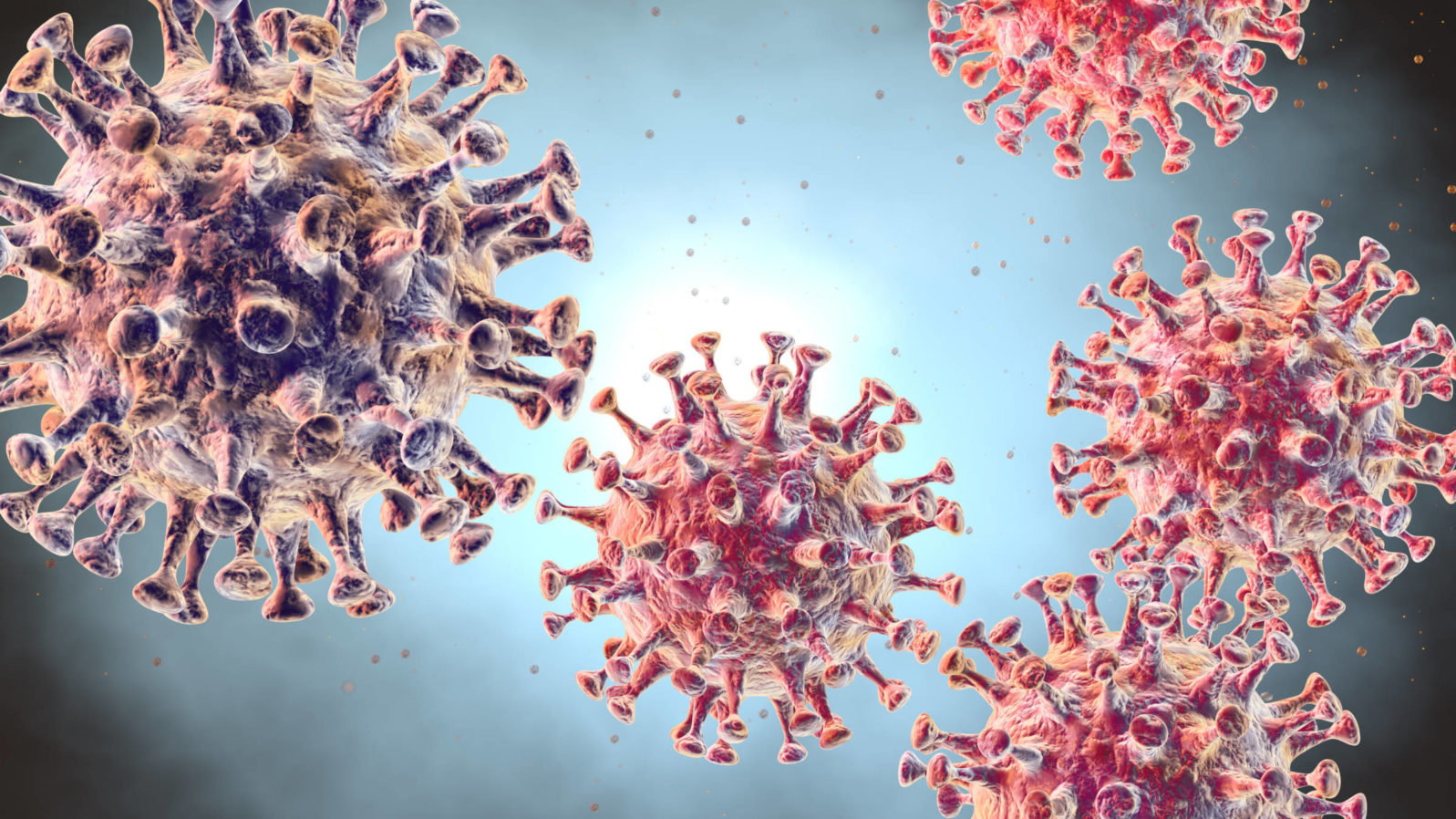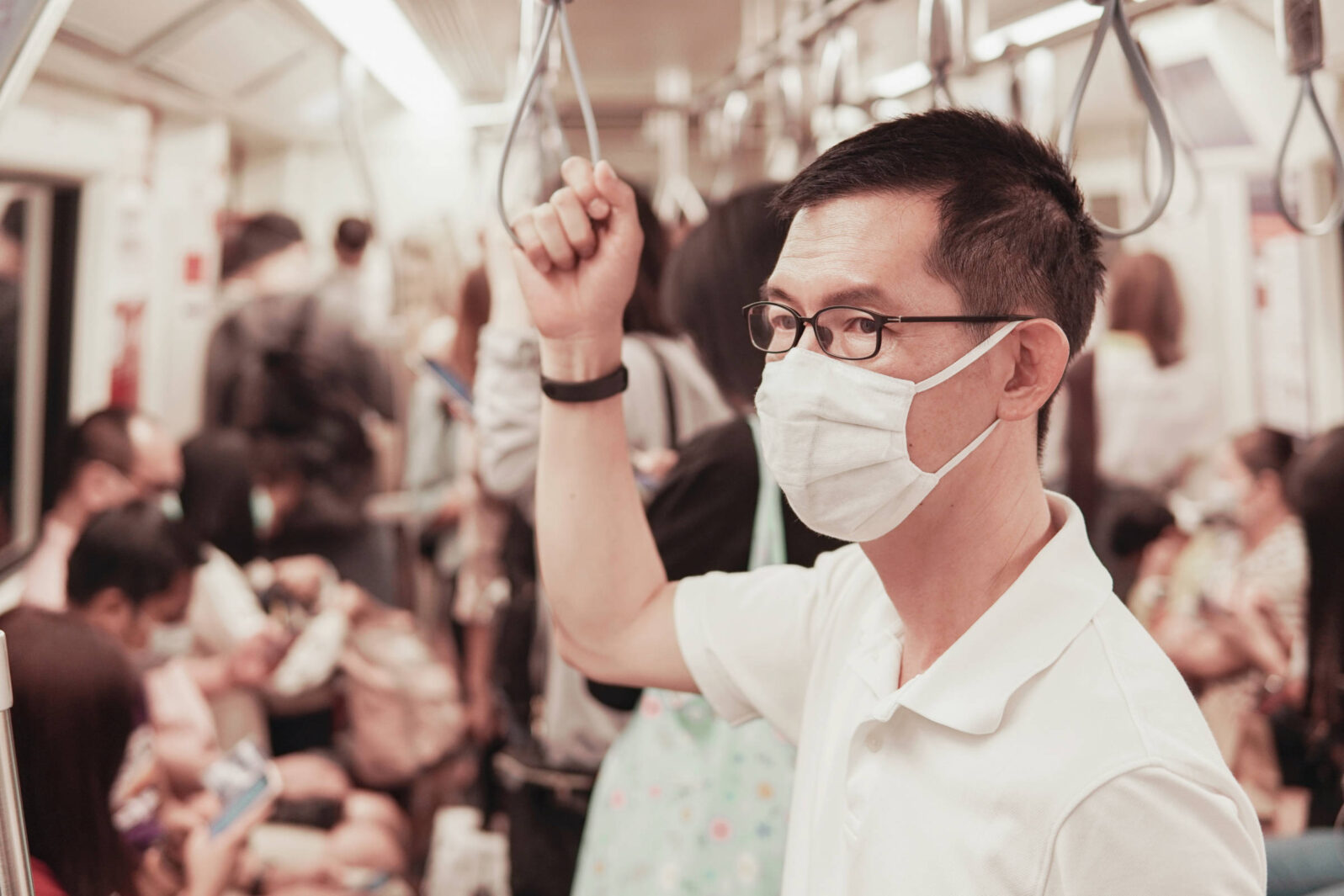Coronavirus in a World Without Trust
In China, medical heroism thrives despite both paranoia and justified mistrust of authoritiesJournalist Angela Chen recounts a story that sums up the information problem many Chinese citizens face with respect to the cornavirus outbreak:
When Linda logged in to the Chinese social network Weibo on Monday, she saw a curious post from the state-controlled publication People’s Daily: Hubei province was adding 100,000 beds in hopes of handling the new coronavirus that has caused panic across the country. The number was jarring given official reports that only a few thousand people were infected, and people immediately began to respond with concern. The People’s Daily account quickly deleted the post and associated hashtag
Angela Chen, “Meet the Chinese crowdsourcers fighting coronavirus censorship” at Technology Review
She adds, “In this situation, the line between paranoia and justified distrust can be razor thin.”
For a brief time, Chinese journalists could report on the coronavirus outbreak with few restrictions, even going so far as to call out authorities’ poor response. The short period of media freedom in China was largely due to a temporary lag in censors’ ability to keep up with the news. Caixin, a prestigious news outlet in China, even published a four-part, 40,000-word series produced by three dozen journalists on the Wuhan outbreak:
The first of those stories, a step-by-step account of the Wuhan government’s delays in revealing the extent of the unfolding crisis, reads like it’s part thriller, part scientific analysis. The article shows how the local authorities enabled a cover-up that lasted nearly a month by threatening or silencing whistle-blower doctors, downplaying the epidemic’s reach and concealing the fact that the virus could be transmitted between people.
Maria Repnikova, “The Subtle Muckrakers of the Coronavirus Epidemic” at New York Times (February 5, 2020)
However, we learn from Foreign Policy that press freedom is now on lockdown as President Xi Jinping calls for stricter guidelines for reporting on the coronavirus. The Caixin report is now blocked by censors.
Who or What to Believe?
When information is quarantined, discovering the truth about the extent of coronavirus is proving tricky. China wants to convey that everything is under control, but the evidence says otherwise. One doctor, whose wife is from Wuhan, has gone on record as saying that the outbreak seems more extensive than the reported numbers would indicate; otherwise, why would China shut down its manufacturing sector? Why hurt the entire economy? His question hangs in the air.
Another puzzling factor is that the Centers for Disease Control has been on standby for over a month as China has rejected its offer of expertise and extra hands to alleviate overtaxed Chinese medical personnel. China only recently agreed to allow the World Health Organization (WHO) team in, after a couple of weeks of discussion.
This reluctance is not likely due to an oversupply of skilled local help. The Wuhan coronavirus has spread like a wildfire throughout China, sickening so many people that hospitals in the hardest-hit regions are filled to capacity. One woman, for example, took her sick parents to several hospitals, all too full to accept them, until finally they were all so exhausted that they slept on the floor in the hallway. People with other ailments, such as seasonal pneumonia or the flu, cannot get medical help at all.
Stalking the Virus
While China’s citizens are living in an information vacuum, the government has stepped up its surveillance strategies in order to track people who have been near someone infected with the coronavirus. Some commentators consider these measures disproportionate to the actual risk posed to others and in violation of human rights. Others see them as necessary.
Local governments resort to extreme measures to quarantine and track residents because they are under pressure to find all of the coronavirus cases and curb the outbreak. Reuters reports, for example, that a man’s license plate had been tracked from Wenzhou, a city with several cases of coronavirus, to Hangzhou a city with several cases of coronavirus, to Hangzhou, capital of Zhejiang province. Wenzhou is south of Hangzhou (four hours away by car). When he arrived in Hangzhou, the police stopped him and told him to stay indoors for two weeks. He went outside after only twelve days, a camera had identified him using facial recognition technology, and the police subsequently arrested him:
I was a bit shocked by the ability and efficiency of the mass surveillance network. They can basically trace our movements with the AI technology and big data at any time and any place,” said the man, who asked not to be identified for fear of repercussions.
Yingzhi Yang, Julie Zhu, “Coronavirus brings China’s surveillance state out of the shadows” at Reuters
Similarly, passengers entering and exiting trains are tracked, as well as whether they came in contact with someone who may have the corona virus. A person who has the virus who boards the train is identified, as are any who sat near that person at any point during the journey. According to The Wall Street Journal, “Using the country’s pervasive digital-surveillance apparatus, authorities were able to track—down to the minute—the sick person’s exact journey through the city’s subway system.” Authorities would then publish the person’s location on social media so that anyone who may have come in contact can get checked for the virus. This method, along with mobile phone apps, allows individuals to keep tabs on other individuals who have the virus. Those who have the app are able to identify buildings where people who are known to have the virus live.

In addition to sophisticated tracking and facial recognition software, several companies that produce facial recognition technology tout their product’s ability to sense if a person has fever using infrared cameras. SenseTime, for example, can not only detect whether an individual has a fever, but can now identify a person who is wearing a mask. While facial recognition has become commonplace in China, many people were unaware that China could readily track citizens to that extent.
Local officials have even used drones to spot people who are not wearing a face mask or, in one case shared on Weibo, to break up a game of Mahjong:
In another video promoted by state media, a police drone orders men sitting at an outdoor mahjong table to “stop playing and leave the site as soon as possible.”
“Don’t look at the drone,” it says, as a small child glances up curiously. “Ask your father to leave immediately.”
James Griffiths and Nectar Gan, “China’s massive security state is being used to crack down on the Wuhan virus” at CNN
The drones are also used to observe whether hospitals are following regulations in waste disposal.
It’s not clear whether the surveillance and censorship are containing the epidemic and they could be working against each other. Some analysts worry that, whether they succeed or not, the heightened surveillance and drone use during the outbreak will open the door to their more widespread, routine use. All of these technologies have been used in Xinjiang where the Uyghur people live in a technological panopticon.
Shifting the Narrative
Along with these drastic measures to contain the virus has come a shift in the narrative. The government’s propaganda machine has shifted the blame away from authorities’ negligence during the early days of the outbreak and towards the victims themselves:
[The official narrative] has moved from a story of an entire country pulling together in a time of crisis to a darker tale of bad actors undermining efforts to keep people safe and spreading the virus through their own irresponsibility.
Critics argue that this also serves to obfuscate myriad failures by the state as a whole, instead putting the blame on individual citizens and the occasional bad apple of an official.
James Griffiths and Nectar Gan, “China’s massive security state is being used to crack down on the Wuhan virus” at CNN
By blame-shifting from the negligent authorities to irresponsible carriers of the virus, the Chinese government has given itself authority to severely penalize people who do not follow the rules for quarantine and hygiene. As CNN also reports, in the Heilongjiang province, officials announced that the severest penalty for “endangering public safety by intentionally transmitting the coronavirus ‘is the death penalty.’” The central government affirmed that “medical crimes” would result in severe punishment which could potentially include execution.
Ethicists and human rights advocates have called the quarantine of Wuhan, a city of 11 million people, a disproportionate response to the outbreak and one that is less effective than quarantining affected individuals and their close relations. The unprecedented claim that not following quarantine rules is a medical crime that could possibly result in the death penalty seems a further step into uncharted waters.
Even so, medical heroism thrives. While the censors are tirelessly removing angry online posts regarding the death of Dr. Li Wenliang, who died from coronavirus after his efforts to warn fellow medics were slammed by the government as “making false comments,” doctors and nurses in Wuhan and elsewhere work round the clock to save patients’ lives. Caixin interviewed Dr. Peng Zhiyong, director of acute medicine at the Wuhan University South Central Hospital, on the conditions in the intensive care unit (ICU):
The work in the ICU is overloaded. There are three patient wards with 66 beds in South Central Hospital, housing 150 patients. Since Jan 7, when we received the first patient, no one took any leave. We took turns to work in the ICU. Even pregnant medical staff did not take leave. After the epidemic got worse, none of the medical staff ever went home. We rest in a hotel near the hospital or in the hospital…
“I often cried because so many patients could not be admitted to the hospital. They wailed in front of the hospital. Some patients even knelt down to beg me to accept him into the hospital. But there was nothing I could do since all beds were occupied. I shed tears while I turned them down. I ran out of tears now. I have no other thoughts but to try my best to save more lives.
Sun Huixia and Dave Yin, translators, “Reporter’s Notebook: Life and death in a Wuhan coronavirus ICU” at The Strait Times (February 6, 2020)
Persons who are free to access up-to-date information online can discover a few facts that might put fears in perspective: As of today, of 43,143 known infected persons, 1,018 have died but 4,347 have recovered. So the chances of an infected person dying are less than one in five. Most fatalities were among old people or people who have underlying medical problems.
The US National Institutes of Health is working on a vaccine but it will not likely be available for a year. Quarantine of huge populations is not usually considered an effective measure because by the time it is enacted, the virus has likely spread beyond the perimeter due to mobility. Masks help but mainly by raising awareness, which causes people to keep their distance and take sanitary precautions. The virus does not survive long outside the body and therefore, among those not currently exposed, avoiding exposure, normal sanitary precautions, and cleanliness will likely suffice at present.
Also by Heather Zeiger on coronavirus in a surveillance culture:
Censorship? But coronavirus doesn’t care! Back when SARS was a threat, social media wasn’t the giant it is today. Censorship, secrecy, and detention are less effective tools of control now.
and
Serious media in China have gone strangely silent. With a compulsory new app, the government can potentially access journalists’ phones, both for surveillance and capturing data. Liu Hu sums up the scene in a few words: “Outside of China, journalists are fired for writing false reports… Inside China, they are fired for telling the truth.”
